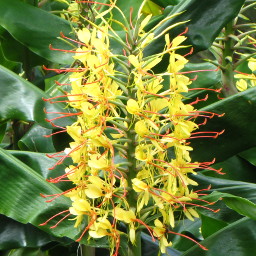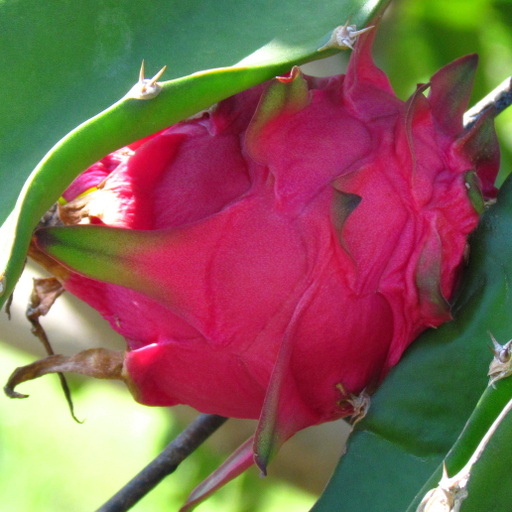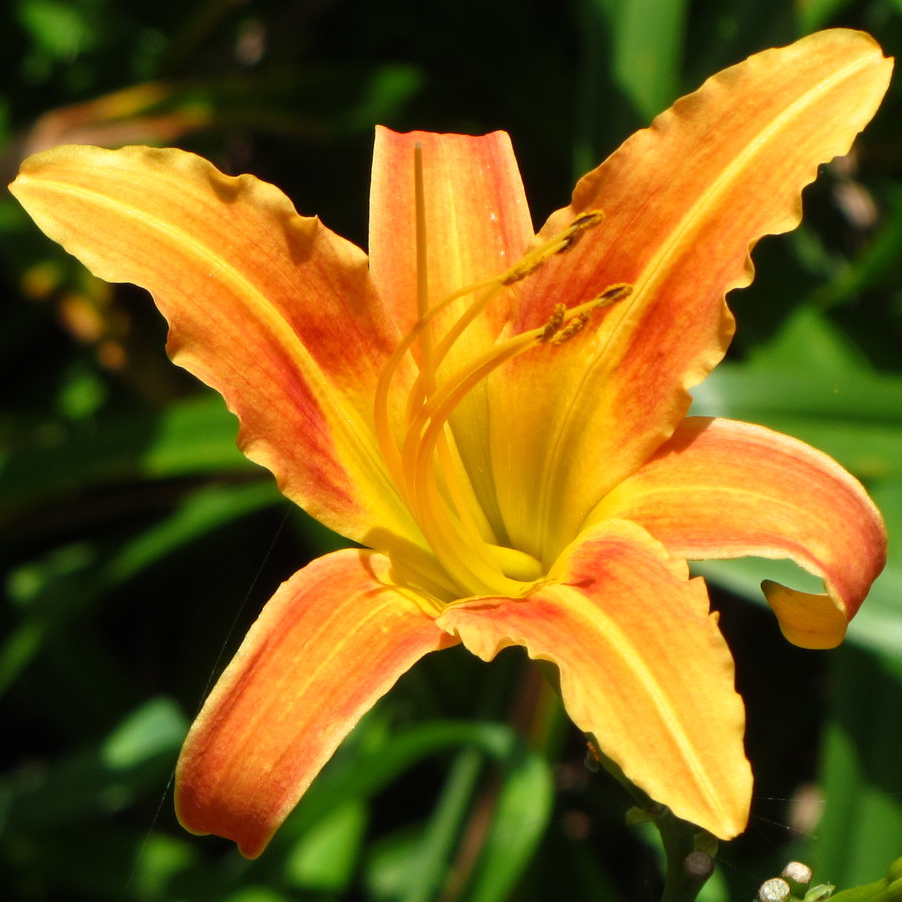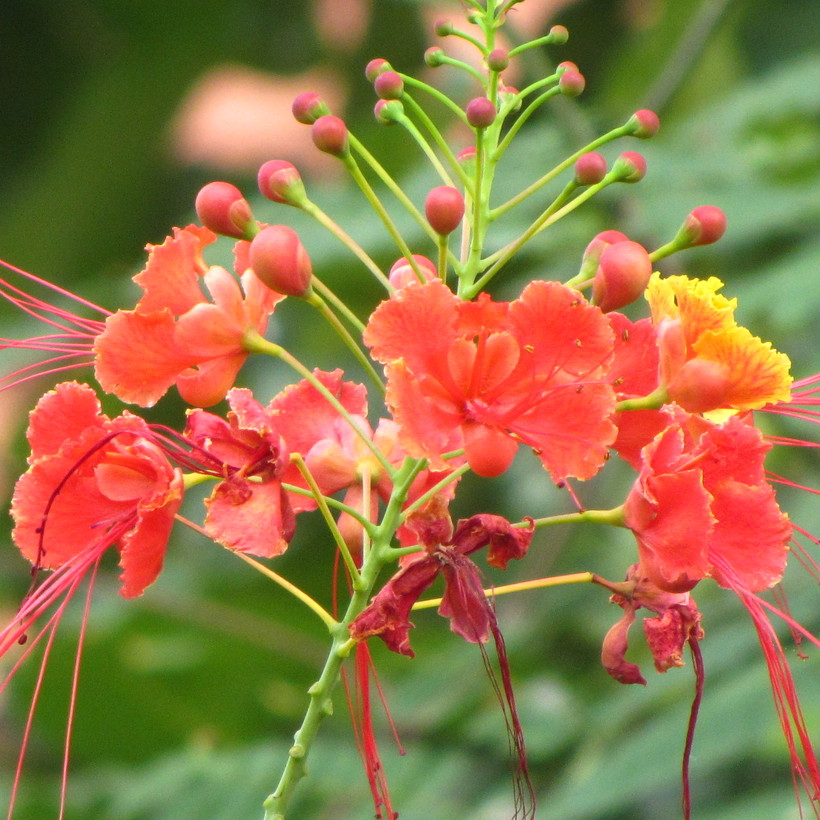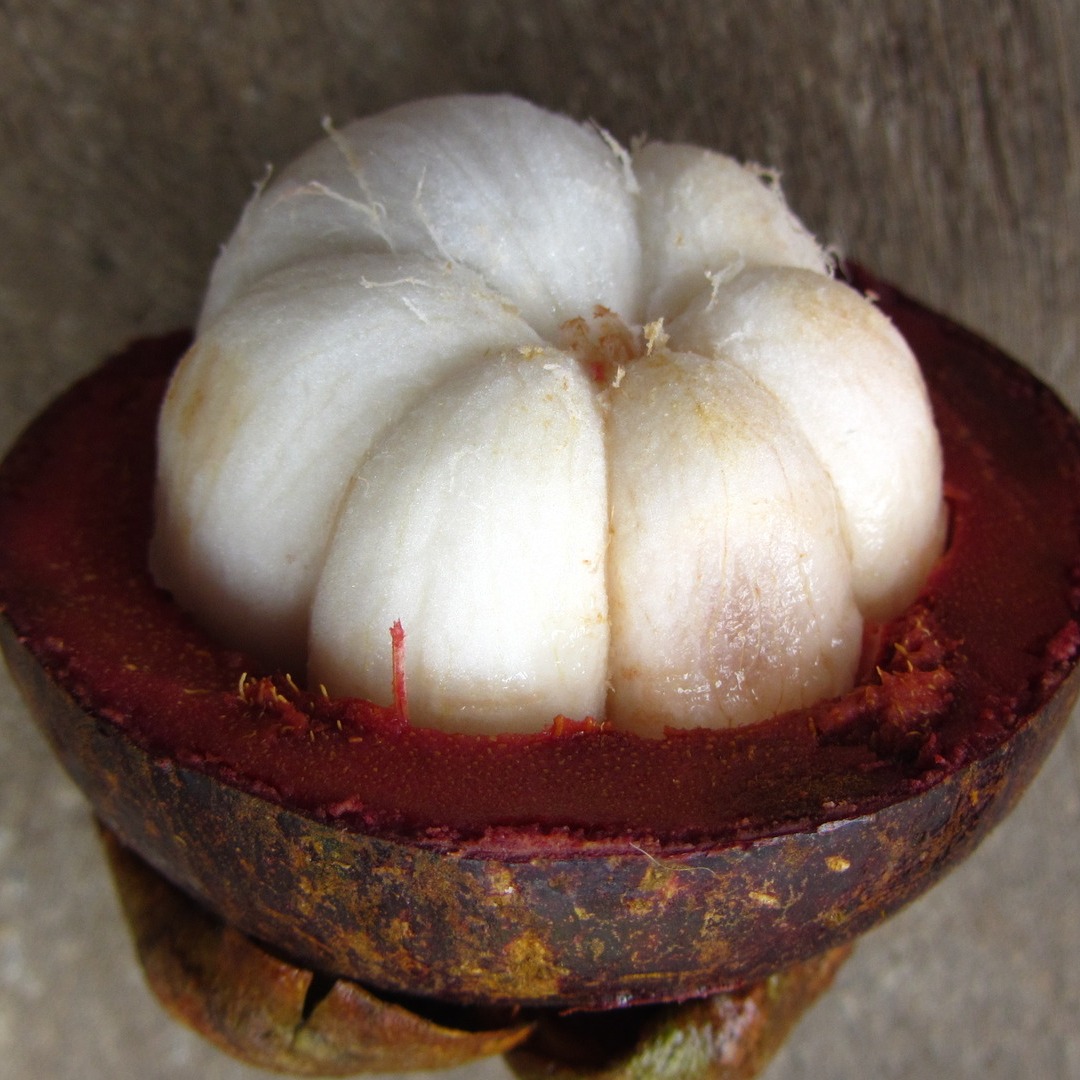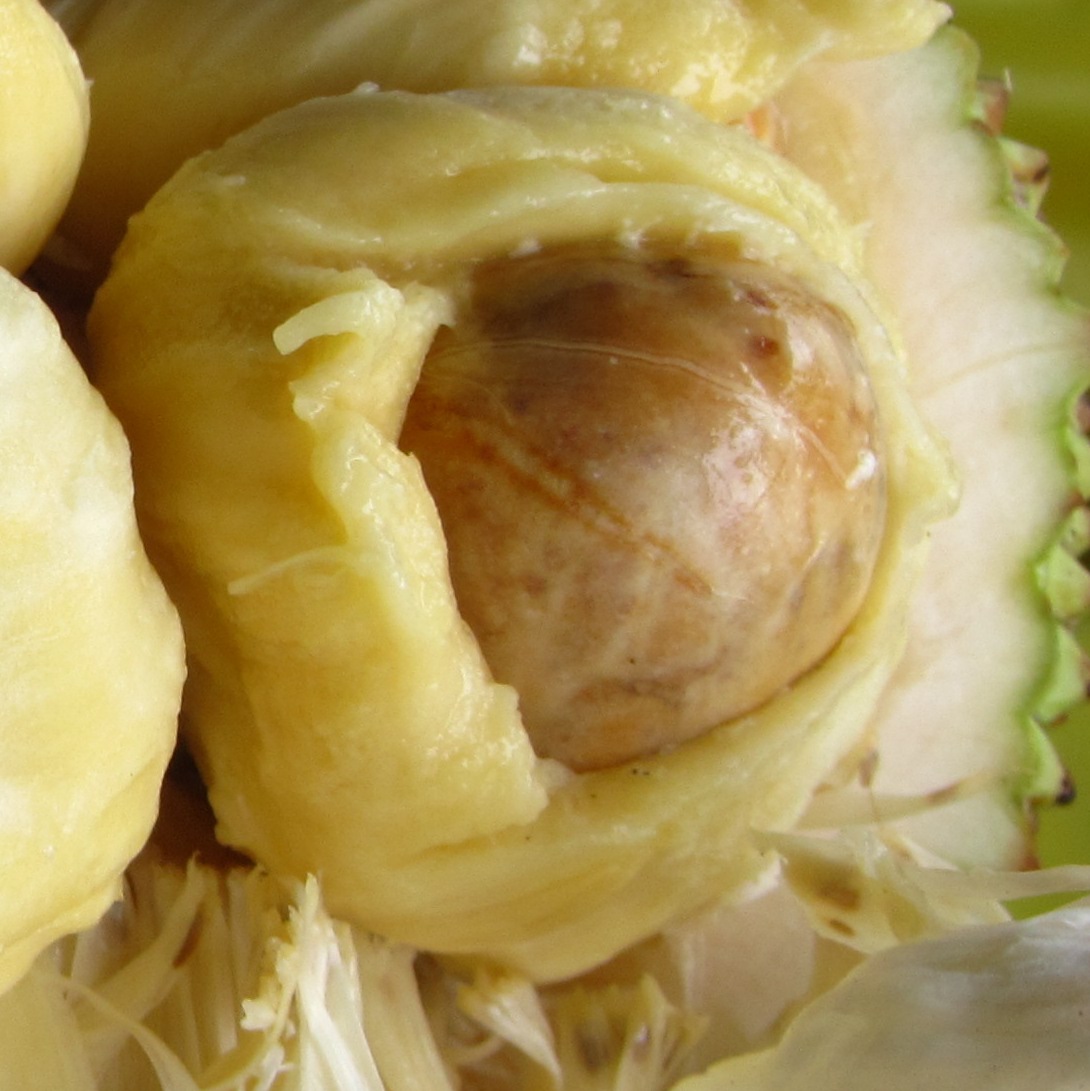Victoria Amazonica Water Lily
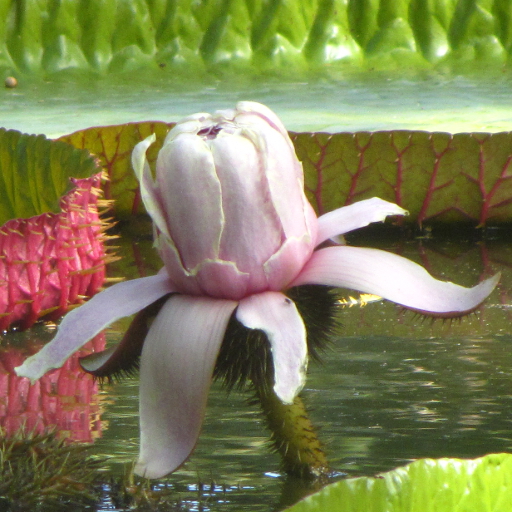
The tropical world is filled with incredible plants, some quite astonishing in shape, colour, size and behaviour. One of the more extraordinary among them is Queen Victoria’s water lily (Victoria amazonica).
